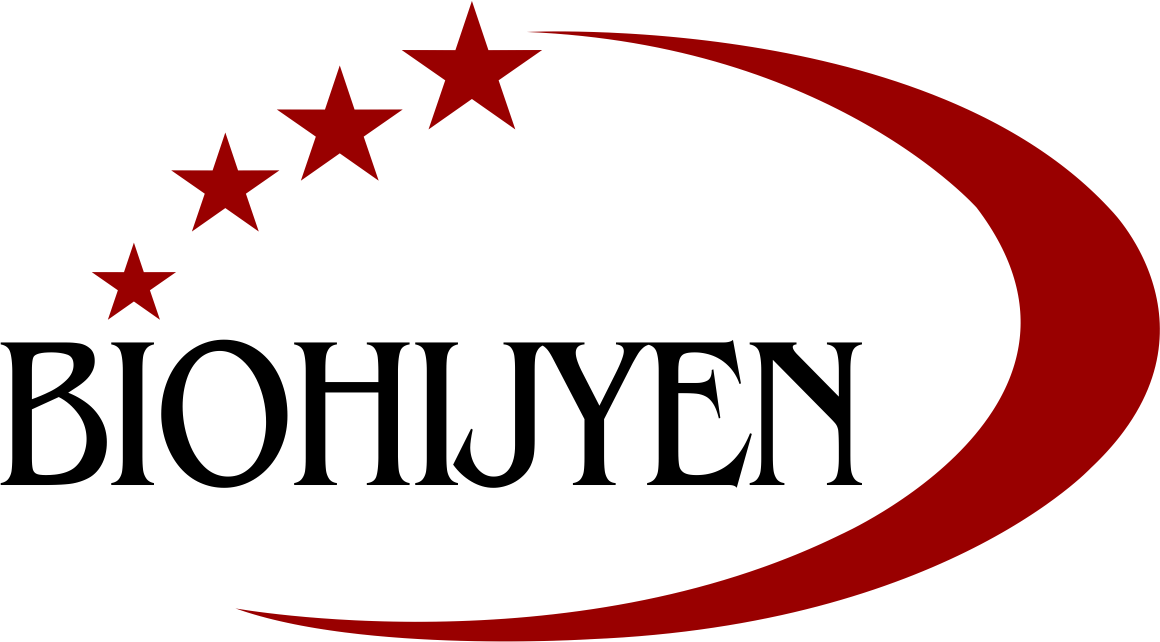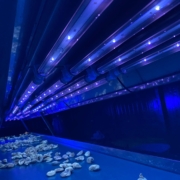Detecting Toxins in Food Products: Modern Food Safety with UVA Light Technology
Food safety stands as one of the most critical priorities in modern societies. Detecting toxins in food products is an essential process for protecting consumer health and preventing foodborne illnesses. Today, ultraviolet A (UVA) light technology emerges as a revolutionary method in the food industry. This innovative technique enables rapid and effective identification of contaminants, mycotoxins, and fungal growth by detecting toxins in food products efficiently.
Understanding UVA Light Technology and Its Mechanism
UVA light represents a spectrum of ultraviolet radiation with wavelengths ranging from 315 to 400 nanometers. When utilized for detecting toxins in food products, this light exploits the fluorescent properties of specific compounds. Many toxins, contaminants, and fungal metabolites exhibit characteristic luminescence when exposed to UVA light. This fluorescent response enables food safety experts to visually identify potential hazards.
In the process of detecting toxins in food products, UVA technology delivers significantly faster results compared to traditional laboratory analyses. Mycotoxins such as aflatoxins, commonly found in grains, nuts, fruits, and vegetables, produce a bluish-green fluorescence under UVA light. This characteristic allows instant quality control in food processing facilities.
The Critical Importance of Detecting Toxins in Food Products
Detecting toxins in food products carries vital importance not only for regulatory compliance but also for public health. Toxins can create both acute and chronic effects on human health. For instance, mold toxins can cause liver damage, immune system suppression, and even cancer. Therefore, the process of detecting toxins in food products must be implemented at every stage of the food production chain.
Toxin contamination in the food industry originates from various sources. Pre-harvest and post-harvest conditions, storage environments, moisture levels, and temperature fluctuations can promote fungal growth. Detecting toxins in food products with UVA light technology offers a proactive approach to minimize these risks. This technology becomes indispensable particularly for food companies engaged in export, ensuring compliance with international standards.
Toxins and Contaminants Identifiable Through UVA Light
UVA light technology proves effective across a wide spectrum in detecting toxins in food products applications. Mycotoxins including aflatoxins, ochratoxin A, fumonisins, and zearalenone represent the most commonly detected toxins. These substances can particularly be found in corn, wheat, barley, peanuts, hazelnuts, and dried fruits.
Fungal growth detection constitutes a crucial component of the detecting toxins in food products process. Molds such as Aspergillus, Penicillium, and Fusarium species contaminate food products through their metabolites. Under UVA light, the mycelial structures and spore formations of these molds become visible, enabling early intervention.
Additionally, certain pesticide residues, veterinary drugs, and other chemical contaminants can be identified through UVA technology within the scope of detecting toxins in food products. This versatile application strengthens food safety protocols and enhances consumer confidence.
Implementation Areas of UVA Technology in Food Industry
In modern food production facilities, UVA systems for detecting toxins in food products are integrated at various checkpoints. During raw material acceptance, products arriving from suppliers undergo UVA scanning. This initial control point prevents contaminated products from entering the production line and avoids costly recalls.
During processing, UVA cameras mounted above conveyor belts provide continuous monitoring. These automated systems perform detecting toxins in food products by automatically sorting out pieces showing abnormal fluorescence. Quality control is thus maintained without compromising production speed.
UVA technology is also employed at the final control point before packaging. Detecting toxins in food products at this stage creates a final safety layer, guaranteeing that only safe products reach the market. This technology serves as concrete evidence of quality commitments, especially for organic and premium food brands.
Comparison with Traditional Methods
Traditional laboratory methods for detecting toxins in food products are time-consuming and costly. Although HPLC, ELISA, and chromatography techniques provide precise results, sample preparation and analysis time can take days. UVA light technology revolutionizes the detecting toxins in food products process by offering instant results.
In terms of cost-effectiveness, UVA systems also present advantages. After initial investment costs, operational expenses remain minimal. No chemical reagents or complex sample preparation are required. This characteristic offers an accessible solution particularly for medium-scale food businesses.
However, UVA technology does not entirely replace laboratory analyses for detecting toxins in food products. Instead, it serves as a screening tool, with suspicious samples subsequently confirmed through traditional methods. This integrated approach ensures both speed and reliability.
Advantages of UVA Technology
UVA technology offers numerous advantages in detecting toxins in food products applications. Firstly, it constitutes a non-destructive method; testing can be performed without taking product samples and without damaging the food. This feature proves particularly important for expensive products.
Secondly, it provides real-time results. Food safety teams can make immediate decisions and swiftly implement necessary measures. This speed increases the efficiency of the detecting toxins in food products process and reduces product losses.
Thirdly, it is easy to use and requires no special training. Operators can effectively utilize systems after brief training. This accessibility facilitates widespread adoption of detecting toxins in food products technology.
Challenges and Limitations
Like any technology, UVA use for detecting toxins in food products has certain limitations. Not all toxins exhibit fluorescent properties, therefore some contaminants may not be detectable with UVA. Additionally, natural components of food can cause false positive results.
UVA systems for detecting toxins in food products require calibration and regular maintenance. Light source intensity may decrease over time and sensor sensitivity can change. Therefore, regular checks must be conducted within quality assurance protocols.
Furthermore, penetration depth is limited. UVA light can only examine the surface or near-surface layers of the product. Toxins embedded internally may not be detected. This limitation indicates that detecting toxins in food products strategies must incorporate multiple technologies.
Future Perspectives and Innovation
UVA technology in the field of detecting toxins in food products continues to evolve. Artificial intelligence and machine learning algorithms are being integrated into UVA imaging systems. These intelligent systems can more accurately distinguish normal and abnormal fluorescence patterns and reduce false positive rates.
Mobile UVA devices are also being developed. These portable systems can be used in field conditions or small businesses for detecting toxins in food products. Farmers and small producers can test their products during harvest or immediately afterward.
The combination of spectroscopic analysis with UVA technology offers more comprehensive solutions for detecting toxins in food products. Hyperspectral imaging systems can determine not only toxin presence but also its type and concentration.
Regulations and Standards
The use of UVA technology for detecting toxins in food products is regulated by various international standards. Authorities such as Codex Alimentarius, the European Union, and FDA determine maximum toxin limits for food safety. UVA systems are accepted as screening tools in the detecting toxins in food products process to ensure compliance with these limits.
Certification programs and accreditation schemes have been developed for laboratories and production facilities using UVA technology. ISO 22000 and HACCP systems integrate UVA applications into quality management systems by encompassing detecting toxins in food products protocols.
Conclusion
Detecting toxins in food products forms the foundation of food safety, and UVA light technology serves as a powerful tool in this field. Applications of detecting toxins in food products are revolutionizing the food industry by offering a fast, cost-effective, and user-friendly solution. From mycotoxins to pesticide residues across a wide spectrum, UVA systems protect public health by detecting contaminants at early stages.
The continuous development of technology and its integration with artificial intelligence promise even more effective solutions for detecting toxins in food products. Food producers, processors, and distributors are investing in this technology to gain consumer trust and meet regulatory requirements. UVA technology represents an indispensable component for building a safer and more transparent food supply chain within the scope of detecting toxins in food products.
Linkedin: Biohijyen Mühendislik
Details About Our UVA LED Lamp: https://uvaledlamp.com/uva-led-lamp/




